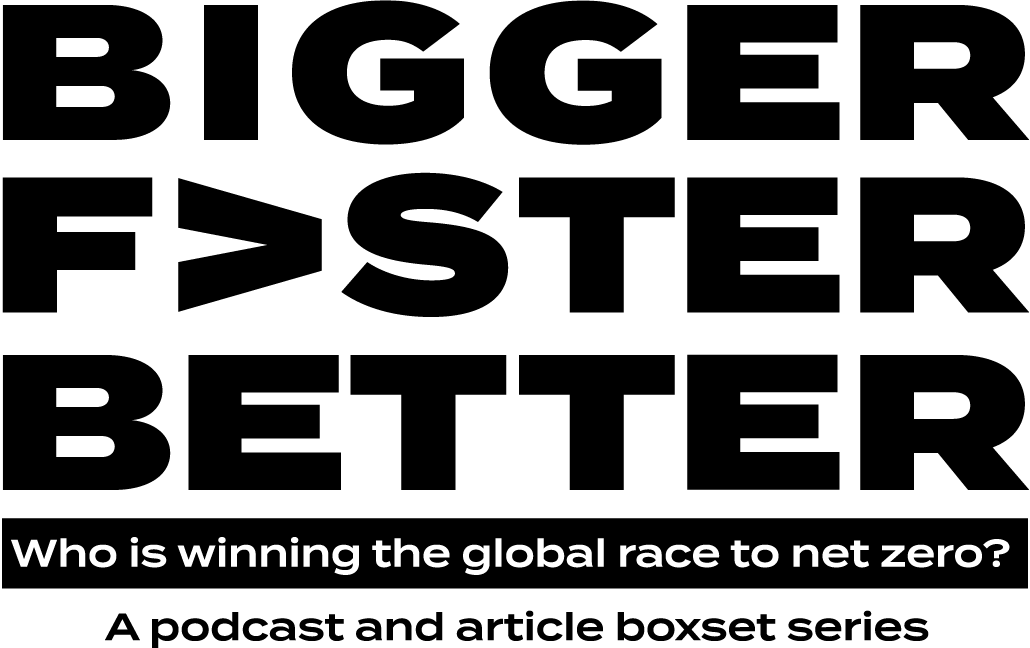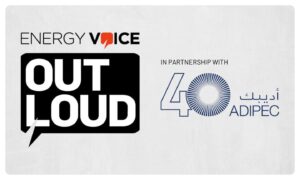
Heating is a major source of energy demand throughout Europe and therefore represents a big challenge for countries as they attempt to cut emissions in the race to net zero.
The fourth episode of Bigger Faster Better examines how heat networks are currently being used in Finland and the UK, as well as how the sector is evolving in response to the energy transition.
To discuss the outlook and opportunities presented by heat networks and their potential to help accelerate the energy transition, Energy Voice’s Ed Reed was joined by co-host Charles Robson, a partner at law firm Womble Bond Dickinson, as well as Annukka Saari, a senior specialist from Finland’s department of energy.
A heat network – sometimes called district heating – is a distribution system of insulated pipes that takes heat from a central source and delivers it to a number of buildings.
District heating is the most common form of heating in Finland and is an integral part of the country’s energy mix. Known as the forerunner of district heat production, Finland is the largest producer of district heating in the Nordics.
Conversely, the UK government often talks about district heating, but it feels a little neglected at times. UK investors remain reticent around the potential for heat networks, particularly due to the challenges of high upfront investment costs and only 2% of the UK’s homes are connected to a heat network. Nevertheless, the recently announced British energy security strategy had more focus on heat pumps and it has been recognised that heat networks offer a path to lower carbon, or even zero carbon, heating solutions.
Mr Robson opens the discussion by explaining the somewhat lengthy process to get a network up and running in the UK. “In total, from the get go, it’s probably four or more years to build a heat network of significant size in the UK,” he said.
“It takes a couple of years for the feasibility to be assessed, the network designed, as well as the necessary agreements to be negotiated and documented. After that, it takes between one and a half and two years to build a significant network,” Mr Robson added.
Significantly, the economics of district heating schemes improve over time as the network expands through phased development. However it doesn’t make sense to set up heat networks everywhere, cautioned Mr Robson.
“The technical experts in heat networks refer to linear heat density, which is the total heat demand divided by the total length of pipe. This needs to be above a certain level for the heat network solution to make economic sense,” he said.
Mr Robson also pointed out that heat networks are a relatively new comer of the market for the UK, whereas Finland has a much longer track record.
Ms Saari said that Finland has more than 300 district heating networks and that the country is focussing on modernising its energy production to be more efficient and produce lower emissions.
New production methods, different heat pumps and “hybrid solutions” – where at least a part of the district heat is produced in other ways than combustion – are becoming more common in Finland. For example, industrial excess heat and heat from waste waters can be utilised in district heating and combined heating and cooling solutions create new business potential. New interesting trends are solar heat, “two-way” district heating and the utilisation of lower temperatures solutions. Also, the possibilities of geothermal heat and seasonal storage of heat are being followed with interest.
“We aim to be carbon neutral by 2035 and to hit this target we really need to decarbonise the whole economy, including heating,” said Ms Saari.
Finland is currently investing heavily in clean and renewable energy solutions, she added. “In 2020, the share of renewables was already around 50%, so we have decided to ban the use of coal in energy production by 2029. We are implementing this for the most part already by 2025.”
“In Finland, we know the importance of reliable energy supply, maybe better than any other country in Europe, as due to our cold climates, we need reliable and flexible energy production around the clock in all circumstances,” said Ms Saari.
“Our companies have already adapted to the situation and they are providing solutions, which are flexible, reliable and also efficient. We are currently making a strong transition to our fourth generation district heating system, where the heating is based on several heat sources. Distribution temperatures are lower than before and the system is intelligent and flexible,” explained Ms Saari.
Meanwhile in the UK, Mr Robson noted that government policy is incentivising heat networks which are low carbon. “Heat networks have quite challenging economics, but the UK government is making funding available to make them investable for the private sector. However, the grants are awarded on the condition that the development is low carbon,” he said.
Mr Robson also discussed the challenges around access to heat sources, that are in the ground or in water, for networks in the UK. “The debate in the UK is focused on the commercial terms between the owners with access to the heat source and the potential buyers of the heat. The discussion centres around risk and reward for both parties and it is an evolving debate.”
Ultimately, heat networks form an important part of the energy transition and can help to significantly cut a country’s carbon footprint. Finland is making great strides in this area and the UK, along with other European countries, will be looking to follow in its footsteps.








